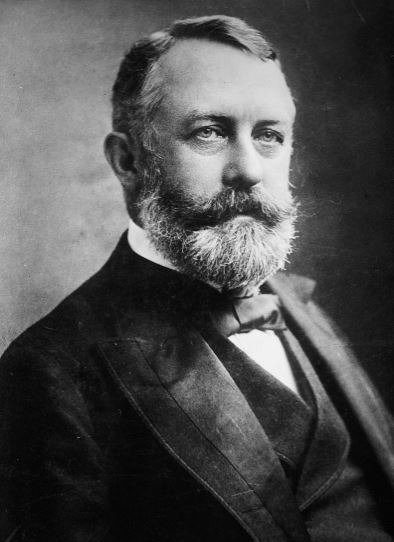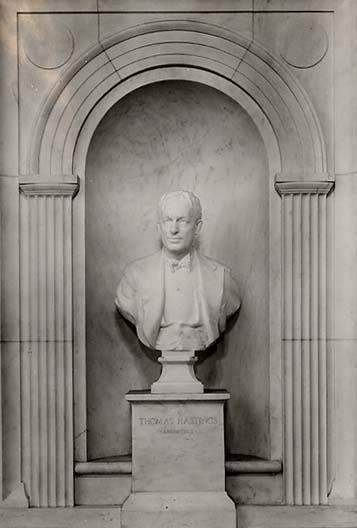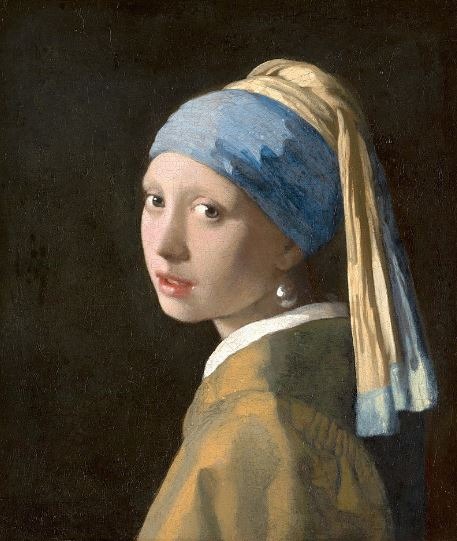The Big Apple is a thriving metropolis full of life. Its main attractions have been featured in so many blockbuster movies that most visitors will recognize and even feel they know the Empire State Building, Statue of Liberty, and Times Square before visiting them. Perhaps less well-known to tourists are the city’s incredible museums, which are well worth seeing.
It goes without saying that with two of the world’s largest museums – the Brooklyn Museum and the Metropolitan Museum of Art – there’s an incredible range of breathtaking art collections for you to enjoy. However, if you want to see a collector’s more intimate, personal art collection, the Frick Collection is the place to go. Read on to learn more about this museum.
What Is the Frick Collection?
The Frick Collection is a New York City art museum. Its permanent collection (normally housed at the Henry Clay Frick House, but now at the Frick Madison) includes Old Master paintings as well as European decorative and fine arts by Bellini, Goya, Fragonard, Holbein, Titian, Rembrandt, Thomas Gainsborough, Turner, Vermeer, Velázquez, and others.
Henry Clay Frick (1849-1919) founded the museum, and its collection has increased in size since it first opened to the public in 1935. The Frick also contains the Frick Art Reference Library, a top-ranked art history research facility founded by Helen Clay Frick in 1920. (1888–1984).
History
The Frick Collection had become a public institution when Henry Clay Frick left his Upper East Side home and art collection at 1 East 70th Street to the public for subsequent generations to enjoy.
Frick began his extensive collection as soon as he became wealthy. A significant portion of his art collection is housed in his former Pittsburgh home, “Clayton,” now a section of the Frick Art & Historical Center. Another portion was donated to the University of Pittsburgh’s Frick Fine Arts Building by his heiress and daughter Helen.
The family did not relocate from Pittsburgh to New York permanently until 1905. Henry Frick first leased the William H. Vanderbilt residence at 640 Fifth Avenue, where he relocated a large portion of his collection. Thomas Hastings of Carrère and Hastings built his permanent residence between 1912 and 1914.
Frick lived there until he died in 1919. He bequeathed the house and its contents, including furniture, works of art, and decorative objects, to the public as a museum. Adelaide Howard Childs Frick, his widow, kept the right of residence and stayed in the mansion with her daughter Helen.
They turned the house into a public museum after Adelaide Frick died in 1931.
In the early 1930s, John Russell Pope enlarged and altered the structure to make it suitable for use as a public institution. It was first publicly opened on December 16, 1935. Several additions to the architecture and landscape architecture of the museum site have been considered over the years, including the setup of a prominent magnolia garden from the 30s.
The museum announced that they chose three magnolias for the Fifth Avenue garden due to a decision created by the Board of Trustees in 1939. The two trees on the bottom tier are Saucer Magnolias (Magnolia soulangeana) and the Star Magnolia on the upper tier by the flagpole (Magnolia stellata).
The museum was expanded again in 1977 and again in 2011. The museum announced new expansion plans in 2014, but they were met with community opposition because they would lead to the loss of a garden. The Frick eventually abandoned those plans and is looking into other options.
During the renovation of its historic building, the collection momentarily relocated to Frick Madison, at 945 Madison Avenue at the Marcel Breuer-designed building, in March 2021.
Henry Clay Frick
Frick was born and raised in West Overton, Pennsylvania, to a farmer, John Wilson Frick, and Elizabeth Overholt, the daughter of a whiskey distiller. Frick purchased tracts of coalfields in 1871, realizing that the local terrain’s bituminous coal could become valuable to the emerging steel and iron industries, and built fifty coke ovens. The H. C. Frick Coke Company exploded in popularity ten years later.
In 1881, Frick made his first recorded art purchase, a landscape by Pennsylvania painter George Hetzel. The painting is still on display at Clayton, the Pittsburgh home where Frick lived with his partner and their three children, Childs, Martha, and Helen Clay, before moving to New York in 1905. The house is now a part of The Frick Pittsburgh.
Frick formed a partnership with Andrew Carnegie in December 1881, less than a year after his marriage. The eventual merger of Frick’s and Carnegie’s companies in 1892 resulted in the highly profitable Carnegie Steel Company. By 1899, Frick had left Carnegie Steel and focused on his art collection.
Collection
The Frick is one of America’s preeminent small art museums, housing a high-quality collection of fine furniture and old master paintings in nineteen galleries of varying sizes within the former residence. Frick intended for the mansion to eventually become a museum; some paintings are still organized in Frick’s design. The Frick has always coordinated small, focused temporary exhibitions in addition to its permanent collection.
The collection includes well-known paintings by major European artists, sculptures, and porcelain. It has Limoges enamel from the 18th century, French furniture, and Oriental rugs.
Helen Clay Frick, his daughter, and the Board of Trustees decided to expand the collection after Henry Frick’s death: approximately half of the collection’s art pieces have been acquired since 1919. Although the museum cannot lend Frick’s works of art, as specified in his will, The Frick Collection does loan objects and artworks procured since his death.
The collection includes the masterpiece The Progress of Love by Jean-Honoré Fragonard, two paintings by Jacob van Ruisdael, including Quay at Amsterdam, three paintings by Johannes Vermeer, including Mistress and Maid, and the St. John the Evangelist by Piero della Francesca.
Temporary Exhibits
When the Mauritshuis in The Hague was being rebuilt in 2013, some of its works, including Carel Fabritius’ and The Goldfinch Vermeer’s Girl With a Pearl Earring, traveled the United States and were on display at the Frick in New York.
Frick Art Reference Library
The Frick Collection manages the neighboring Frick Art Reference Library. The library’s collections primarily focus on Western traditional art from the 4th century to the mid-20th century and include information about drawings, paintings, prints, sculptures, and illuminated manuscripts.
Archival materials supplement its research collections. Helen Clay Frick utilized the basement bowling alley as extra storage for the library before it opened in 1924. The library quickly established itself as a valuable resource for students.



